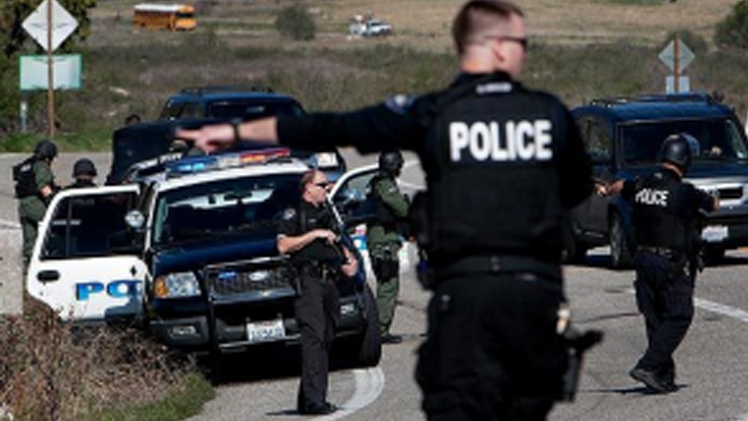
28 Apr Social Media And a Manhunt For a Suspected Cop Killer
I was headed to the newsroom when the story broke: Fugitive former police officer Christopher Dorner had been in a shootout with law enforcement officers in the snow-covered mountains northeast of Los Angeles.
INTERVIEW: I talk to Poynter Institute about Twitter and Dorner manhunt
The ex-LAPD officer had been accused of killing three people, including a police officer. A second law enforcement officer would be mortally wounded in a raging gun battle that would soon erupt after Dorner fled the shootout and barricaded himself inside a mountainside cabin.
It was a huge story that illustrated how social media has revolutionized the way we gather and share information.
The final hours of the massive manhunt played out in real time on Twitter as people shared information, shouted back at the media and called into question the official law-enforcement version of the events that lead to Dorner’s death that evening inside the cabin. It was one of the most intense, multi-tasking deadline experiences I’ve had. I was one of the lead bloggers for L.A. Now, our breaking-news blog. I monitored live TV coverage and set up a “Dorner” and “manhunt” search stream on Twitter to follow the breaking action. Â At the same time, I took feeds from our reporters in the field and in the newsroom, who were getting information from sources. I used that info to write blog posts as fast I could. The posts were read by an editor on the City Desk and a copy editor and then were published. It was a difficult balancing act as we worked to be the first to report key details but also be accurate.
Being first and being accurate is not always an easy task, especially with a huge story such as the Dorner manhunt. Television news helicopters hovered overhead and broadcasted live feeds, people exchanged information on Twitter, and we had to cut through the digital noise and work with our sources to determine what was real.
As I later told the Poynter Institute, the Dorner manhunt was a prime example of how Twitter has revolutionized the way we in the media cover breaking news. Like other breaking stories, Twitter was the place to follow what was being reported by reporters and news organizations. But it also was the place to monitor the questions and criticisms coming from people who were not journalists.
Perhaps the strongest current of Twitter criticism focused on the incendiary tear gas that was fired into the cabin. The projectiles sparked a fire that burned the structure to the ground and prompted Dorner to end it all by turning one of his guns on himself. People on Twitter wondered whether authorities knew the tear gas would ignite the fire. Law enforcement authorities denied intentionally setting the cabin on fire. Nonetheless, the questions were legitimate, and they were first raised on Twitter. As I told the Poynter Institute, “Twitter is like a road map,” and it’s full of signs and signals that have to be reported out.

